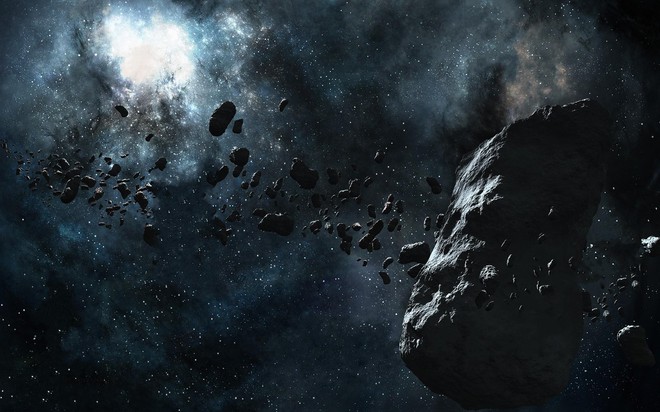Take a look at the 42 largest asteroids in our Solar System
- Tram Ho
If there’s one thing our Solar System doesn’t lack, it’s an abundance of rocks.
Small ice, block ice, dry ice, glacial ice… it’s a whole system of rocks, we just happen to live in that system. However numerous, these rocks are not easily seen; they are very small and are overshadowed by larger, brighter objects.
But our technology is progressing and now we have a detailed look at some of the largest rocks in the Solar System, which are not planets. An international team of astronomers used the European Southern Observatory’s (ESO) Very Large Telescope to image 42 of the largest objects located in the asteroid belt between Mars and Jupiter.
“To date, only three major main-belt asteroids, Ceres, Vesta and Lutetia, have been imaged in high detail, as they were observed by NASA’s Dawn and Rosetta space missions. and the European Space Agency,” said astronomer Pierre Vernazza of the Laboratoire d’Astrophysique de Marseille in France.
“ESO observations have provided sharp images for more asteroids, totaling 42 objects.”

42 asteroids. You can view the full size image here
This new work is designed to look at the general properties of asteroids, rather than their individual characteristics, with new 3D data that helps reveal the shapes and masses of these mysterious asteroids. . In general, objects are divided into two categories: near-circular asteroids; and long-shaped asteroids, a prime example is Kleopatra.
Ceres, the largest asteroid probed in the survey with a diameter of 940 km, is quite round. Vesta, the second largest asteroid with a diameter of 520 km, has a more irregular shape. Flora and Adeona, 146 and 144 km respectively, are also quite rounded. Sylvia 274 km, again has an elongated shape.
The new 3D data also gave researchers more information about the masses of 42 subjects. Once you know the volume and mass of an object, you can calculate its density and deduce its composition. Again, there is a wide range of variation in the patterns.
For comparison, Earth’s matter density is 5.51 grams per cubic centimeter. Asteroids have a minimum density of about 1.3 grams per cubic centimeter, the same density as coal, showing a porous, carbonic composition. The highest were Psyche and Kalliope, with densities of 3.9 and 4.4 grams per cubic centimeter, respectively, denser than diamond (3.53 g/cm3), indicating a stony composition.

42 asteroids and their orbits. You can view the full size image here
This suggests that objects in the asteroid belt may have come from different regions of the Solar System before being in their current position, the researchers said.
Astronomer Josef Hanuš of Charles University in Czechia said: “Our observations strongly support the hypothesis that these objects have moved significantly since their formation.”
There’s a lot we still don’t know. We have asteroid samples, meteorite samples, which allow us to make certain inferences about the composition of space rocks. However, some objects with higher densities may not have analogues, which makes their composition more difficult to determine.

In addition, we currently cannot see the details of the smaller asteroids, meaning that the data set is still incomplete. Once we have this information, we will be able to better assess which asteroids we should send future space probes to explore. For this, the team pins their hopes on the Extremely Large Telescope, which will start operating within the next few years.
“The Very Large Telescope, which observes main-belt asteroids, will allow us to study objects between 35 and 80 kilometers in diameter, depending on where they are in the belt and,” Vernazza said. the craters are about 10 to 25 km in size.”
Reference: ScienceAlert
Source : Genk
